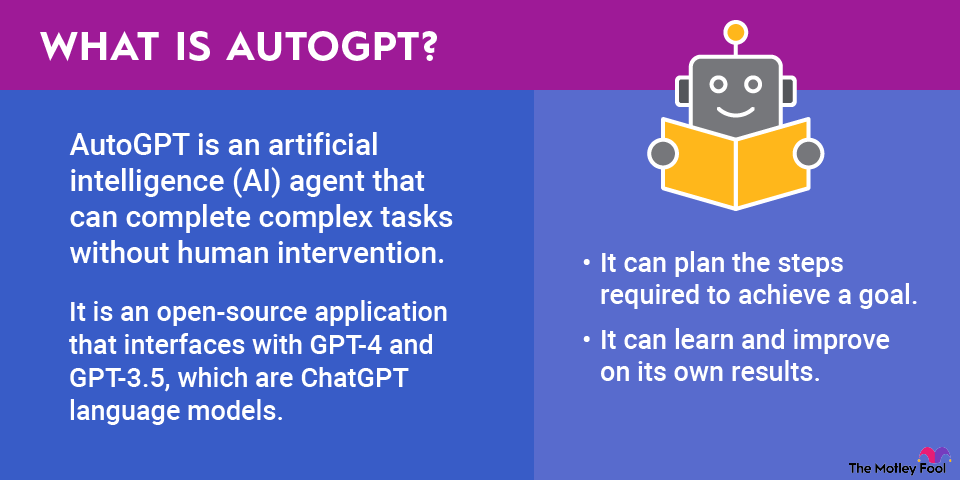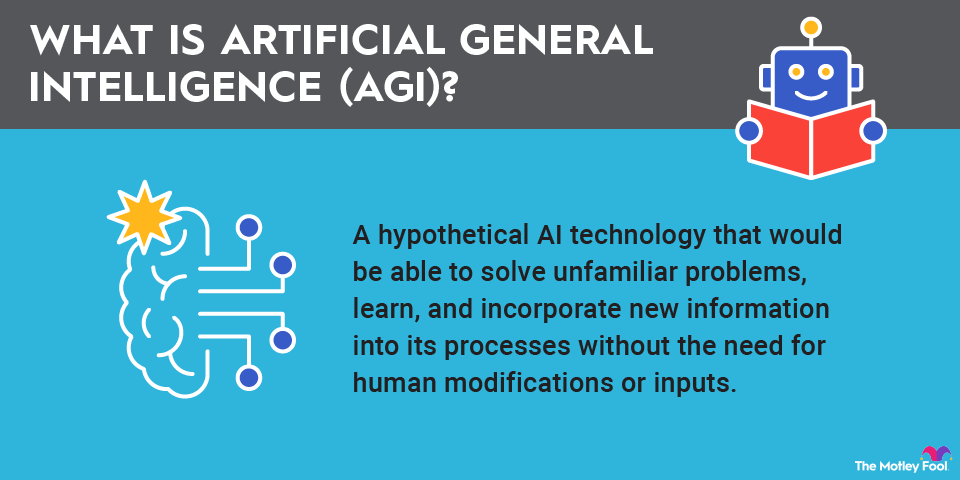When you're hired for a job, salary may not be your only form of compensation. Some companies offer stock options in hopes that employees will work harder, feel like they have a stake in the company's success, and stay with the company.
You'll rarely have access to your stock options right away. Most companies require a vesting schedule to incentivize high performance. But in some situations, a company may choose to accelerate vesting. Keep reading to learn about accelerated vesting and some scenarios that may trigger it.

What is accelerated vesting?
Accelerated vesting is a vesting schedule that happens at a faster speed than the original vesting agreement. This typically happens when a company is acquired or goes through an initial public offering (IPO).
Many young start-ups offer employees stock options to attract and retain talent. Stock options may be awarded gradually (known as graded vesting) or in a lump sum (cliff vesting). The vesting schedule may be time-based or milestone-based, although some companies use a hybrid approach. Typically, if you resign or you're let go before your shares have vested, you forfeit those shares.
There are a few different reasons a company might implement an accelerated vesting schedule:
- There's an acquisition, merger, or IPO: Some stock option plans have a provision that employees will become fully vested if the business is taken over by another company or goes public.
- Termination or layoff: If an employee loses their job to restructuring, they may be able to negotiate an accelerated vesting schedule as part of their severance package.
- Performance-based acceleration: Some companies offer performance-based accelerated vesting if the employee or the company achieves certain performance-based milestones.
Single-trigger vs. double-trigger
There are two main types of accelerated vesting: Single-trigger and double-trigger.
With single-trigger acceleration, shares become fully vested after a single event, typically an acquisition. Single-trigger acceleration is somewhat rare.
More common is double-trigger acceleration, which is triggered by two events -- usually a change in control followed by the termination of the employee.
Pros and cons of accelerated vesting
From an employee's perspective, there's really no downside to accelerated vesting beyond the potential tax consequences. You get the equity compensation you were promised on a faster schedule if a triggering event occurs. That can provide more financial security since many key employees at early-stage start-ups work primarily for equity.
It's a bit riskier from the employer's perspective, though. The reason for having a vesting schedule is to encourage employee loyalty and retention. Key employees have less motivation to remain at a company once their shares are fully vested.
Related investing topics
Example of accelerated vesting
Suppose you're hired by a promising start-up. As part of your compensation, you're awarded stock options with a four-year graded vesting schedule, which means you'll receive 25% of your award each year over four years.
But let's say your start-up gets acquired two years after you're hired. The acquiring company decides your role is redundant, so your position is eliminated. You negotiate an accelerated vesting schedule as part of your severance agreement, so you're able to walk away fully vested in the remaining 50% of your shares.



















